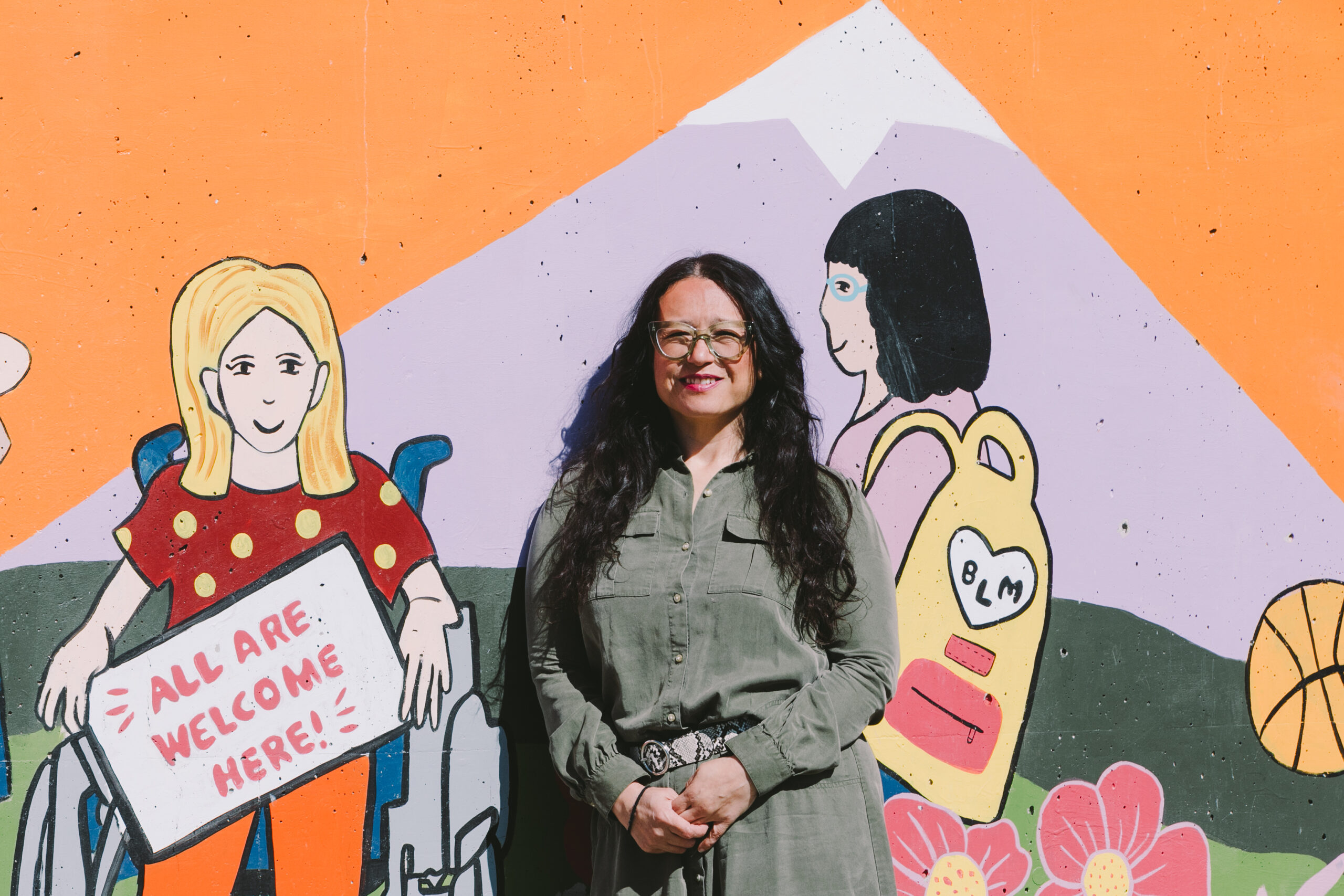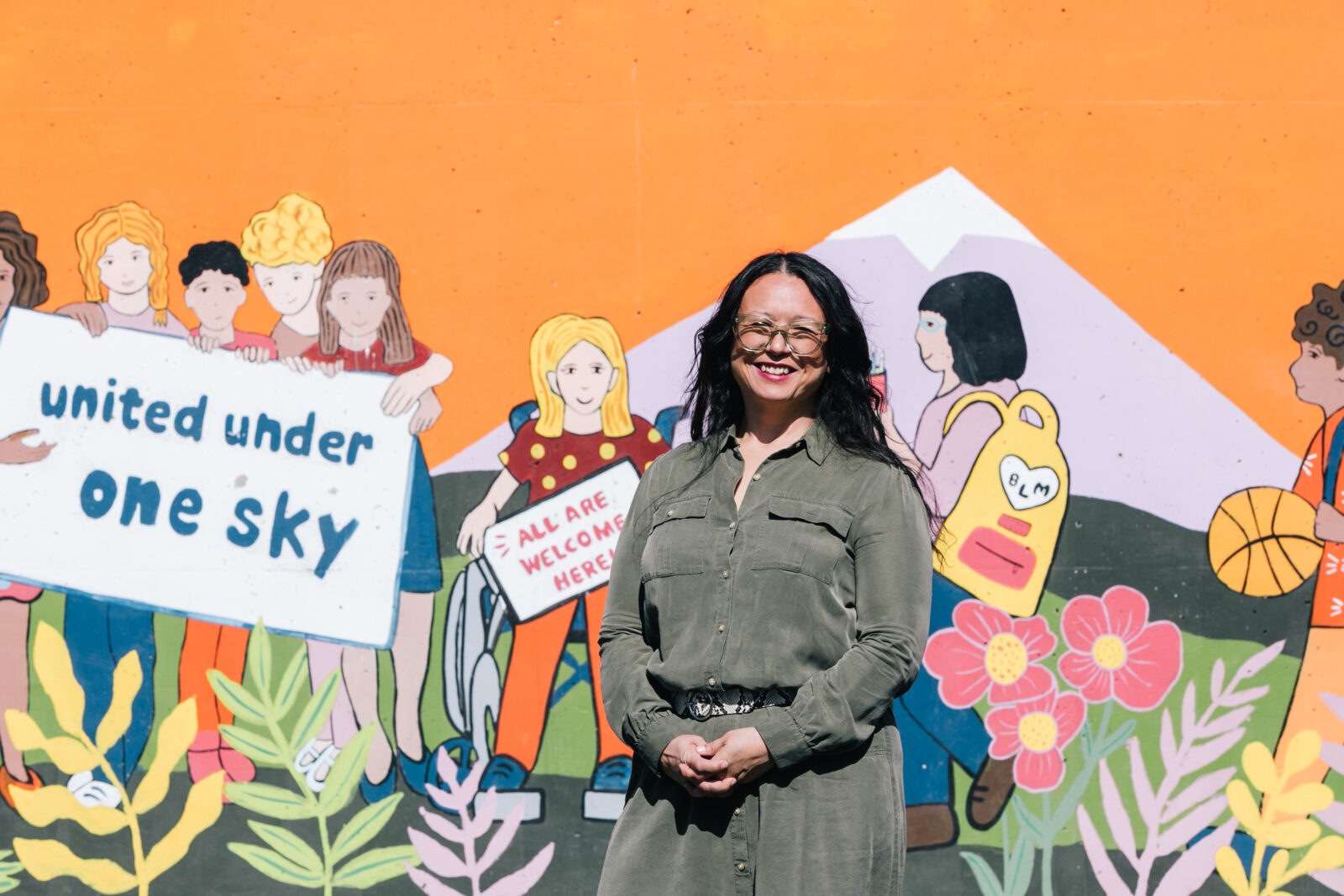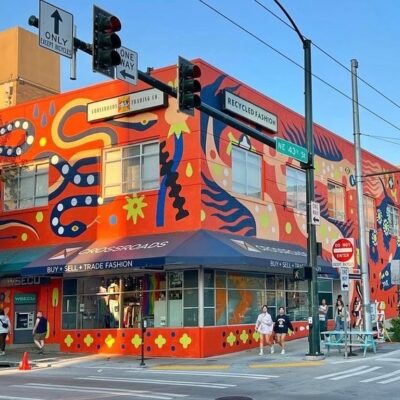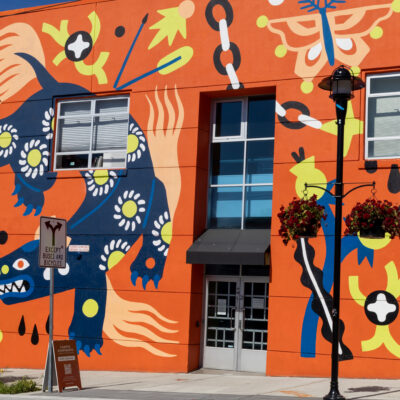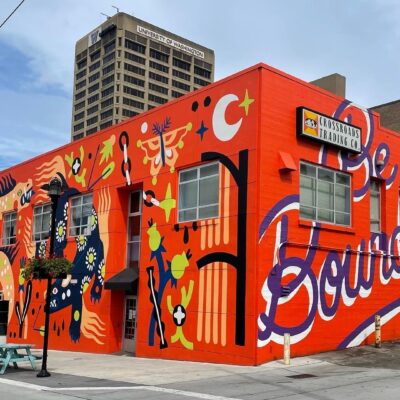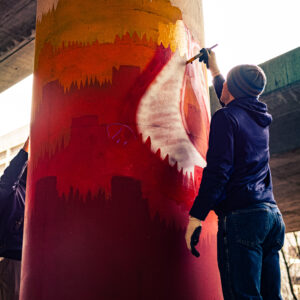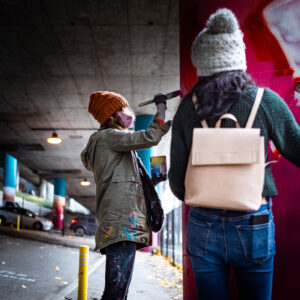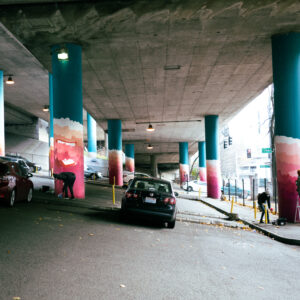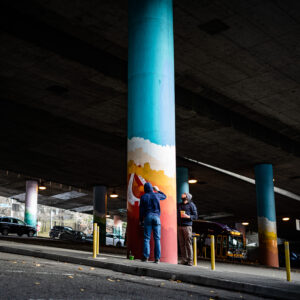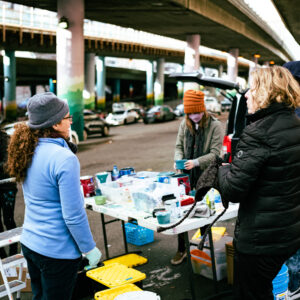Introducing our second volunteer spotlight blog at Urban ArtWorks! We’re talking with Dawn Dailey, a volunteer who supports our vision of universal access to public art.
As an artist and devoted advocate for social and racial justice, Dawn’s story is one of civic engagement and community empowerment. From her roles as a mom to her impactful work as a social worker, educator, and within the Department of Defense, Dawn has continually championed the values of justice, equity, and inclusion.
Dawn’s proudest accomplishments include curating educational musical programs under Initiative 135 and raising both awareness and funds for crucial causes like social housing.
Through her advocacy, art, and policy initiatives she has emphasized the urgent need for social housing in addressing pressing societal challenges.
Dawn’s dedication to community service and her visionary leadership serve as an inspiration to us at Urban ArtWorks and we’re honored to share her perspective as part of the Urban ArtWorks’ Volunteer Spotlight Blog.
An up close detail of the Seattle skyline, there is an orca and a ferry in the foreground. The detail is from a Mural designed by Lis Rafailedes (@ lis.rafail) at Genesee Hill Elementary School.
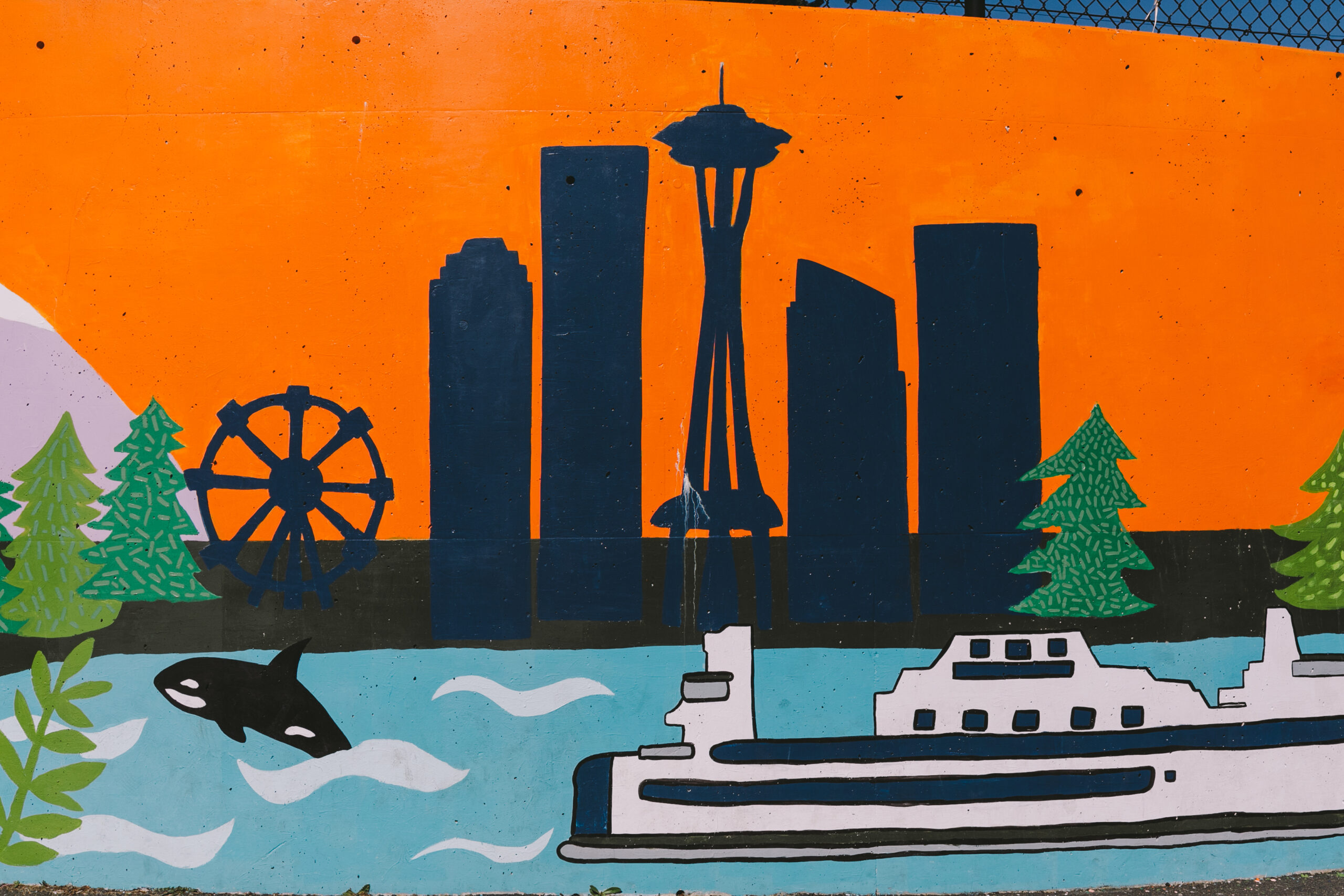
1. How did you get involved with Urban ArtWorks and what initially motivated you to become a volunteer?
I collaborated with artists that created great murals for Urban Artworks both professionally and as a community member. It was through them that I learned about this wonderful arts organization, and I wanted my children to get involved and learn public art-making skills. I am humbled and honored that my own POC kids were Apprentices of Urban Artworks, and I am thankful they had the chance to train and contribute to the inspiring art landscapes you are creating. I wanted to support Urban ArtWorks in any way that time allows, and am glad I had the chance to!
A photo of Dawn smiling at the camera in front of a Mural designed by Lis Rafailedes (@ lis.rafail) at Genesee Hill Elementary School.
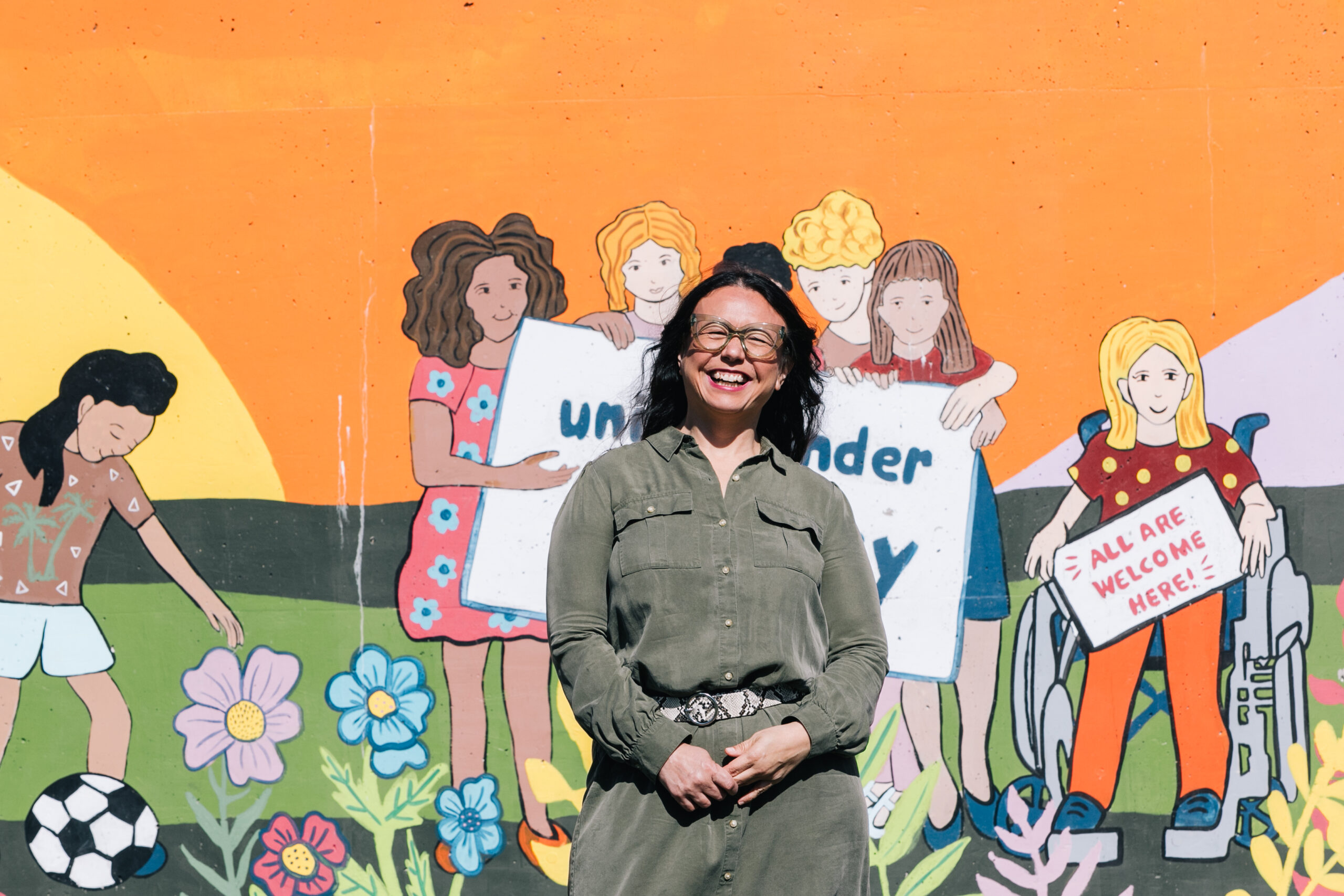
2. What are some of the most rewarding aspects of being a volunteer with Urban ArtWorks?
Some of the most rewarding experiences have been to hear the young children’s ownership of the public art they help contribute to. I was working on the mural that Lis Rafailedes designed from the directions of the student body at Genesee Hill Elementary School, when I heard a student proudly inform me that [he] was the reason for the Space Needle, and [she] was the reason for the young girl sitting in a wheelchair, and [he] was the reason for the ferry!
Another rewarding experience has been hearing the humility of artists like Brady Black, Perry Porter, Kreau, and Ego who feel like they are just the instruments and the messengers for others’ stories and ideas.
A painting of children holding up a sign that says “united under one sky” there are colorful flowers and a young person in a wheelchair holding a sign that says “all are welcome here.” This is a detail of the Mural designed by Lis Rafailedes (@ lis.rafail) at Genesee Hill Elementary School.
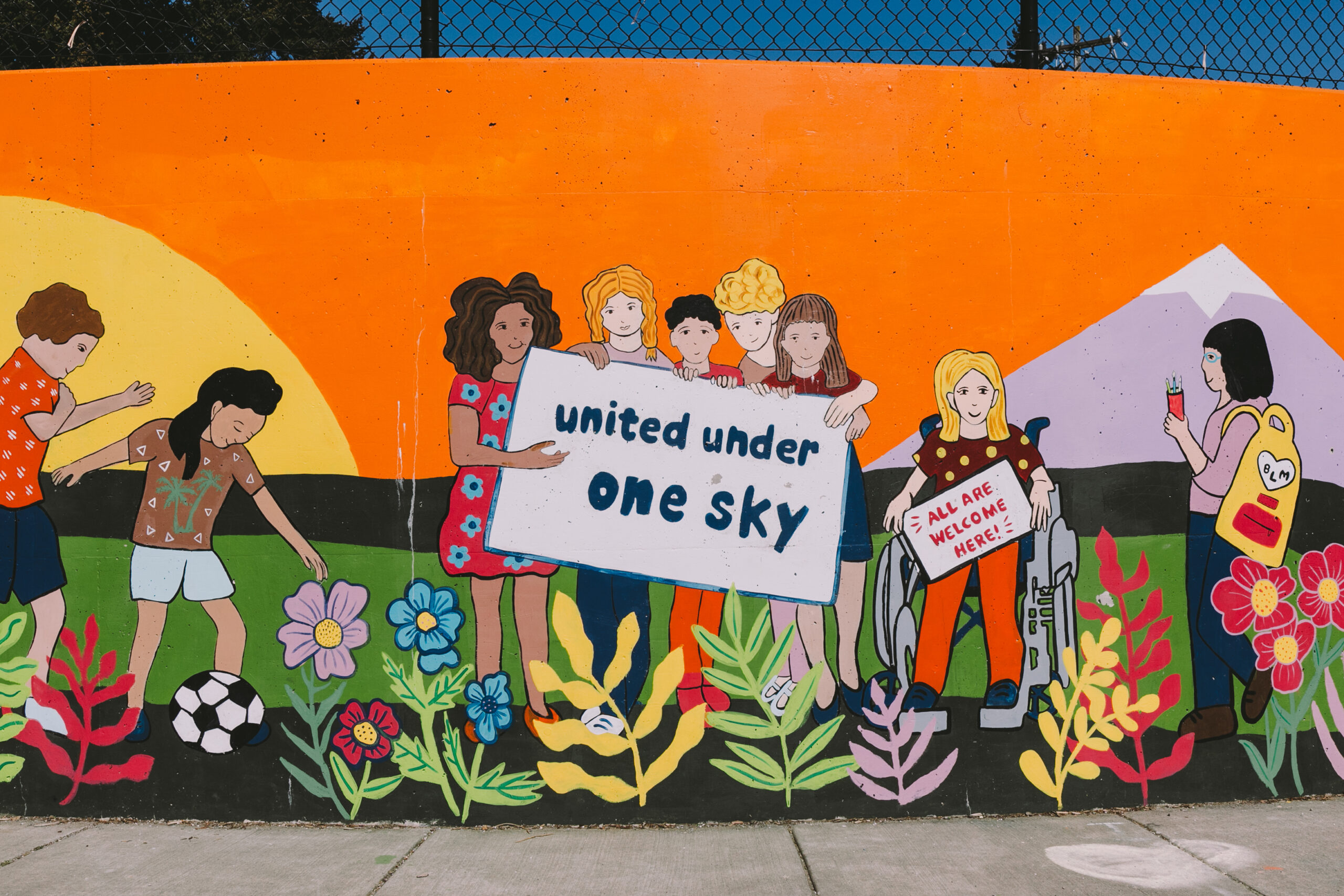
3. In your experience, how does public art contribute to community development, and why do you think it’s important for artists to engage in projects that have a public impact?
Public Art can contribute generative community healing and economic revitalization if done collaboratively with the people that live in the neighborhoods [where] the public art will be held. Public Art is a servicescape whose existence is to serve the people, and to tell a story.
4. Which Urban ArtWorks mural has a message that has resonated with you?
I can’t possibly pick just one, or three, even!! I was really excited when Stevie Shao was designing the Crossroads Trading Company/UW Bookstore mural, which reinvigorated the U-District during the pandemic when it felt like a ghost town. That block should have been bustling with young undergrads and UW faculty. That colorful mural symbolically signaled a return to onsite work and learning in a neighborhood when it was deemed safe to return. That mural is as living as the Ave is.
The King Street Columns and James Street Pillars tell more stories about the crossroads of cultures, communities, and humanity than one might know, if they walk through each column. Each artful column bridges Chinese, Vietnamese neighborhoods of the C-ID, First Hill and Downtown. They are gateways to economic, government, art, healthcare, and housing centers. The artist Tessa Hulls has drawn and written beautiful stories about them in the Wing Luke Museum exhibit “Nobody Lives Here,” which I hope everyone gets to experience.
Photos of the Mural at the UW Bookstore designed by Artist Stevie Shao.
5. How do you believe public art can be a catalyst for positive social change, including addressing issues such as homelessness, the need for affordable housing, or other areas?
The James Street Pillars and King Street Pillars are perfect examples of art that bridges neighborhoods, and beautifies the underpasses of I-5 which houses encampments in certain tragic situations. It beautifies these liminal spaces of environmental, industrial, cultural ecologies, and the very humanity which creates and is served by these systems. The James Street Pillars are a beautiful sunset for everyone. The James Street “Sunset Over First Hill” is also the homes of a few residents that are undergoing a traumatic situation. I’d like to think that this art provides them some relief and wellbeing.
Urban ArtWorks and other public art organizations provide beautification to living environments, and can truly support affordable housing organizations. WA Rep Frank Chopp has stated that many affordable housing organizations are all social housing. Seattle has many helping hands addressing this environmental need.
Public art inspires residential and civic pride of the residents that live in the SCIP PDA, Bellwether, Chief Seattle Club, Delridge Neighborhood Development Association, Africatown, Community Roots, and so many more organizations that house Black and Brown, and economically struggling residents. The creation of public art on transitional public affordable housing must also be restorative for the artists as well as the residents.
It is my hope that public art will inspire the residents of Social Housing and other advocates creating affordable housing. Public art reduces shame and stigmatization of needs, tells stories, and promotes wellbeing.
Public art are social instruments that can contribute to the generative housing and creative economies, used as instruments of educational wellness, and create social support programs in the servicescapes.
Photos of volunteers repairing the the James Street Pillars “Sunset Over First Hill” designed Nathan Watkins.
6. Can you share a memorable moment during one of the public art projects you’ve been a part of?
When I was a part of the James Street mural refreshment team, it was great to reconnect with the artist Kreau, and to paint with Ego, Megan, and other teaching artists. While we were repairing Nathan Watkins’ designs, which captures First Hill’s landscapes, we realized how interconnected we all truly are. Ego, whose instagram is @lordego1, and I were remembering a friend of ours that recently passed away, named Rick Klu, another great multimedia public artist. It felt like Rick was there painting with us, in the freezing cold, and I could almost hear his voice echoed in Ego’s words. Repairing “Sunset Over First Hill” was equally regenerative to us as artists.
A close-up detail of foxes and colorful plants in the Mural designed by Lis Rafailedes (@ lis.rafail) at Genesee Hill Elementary School.
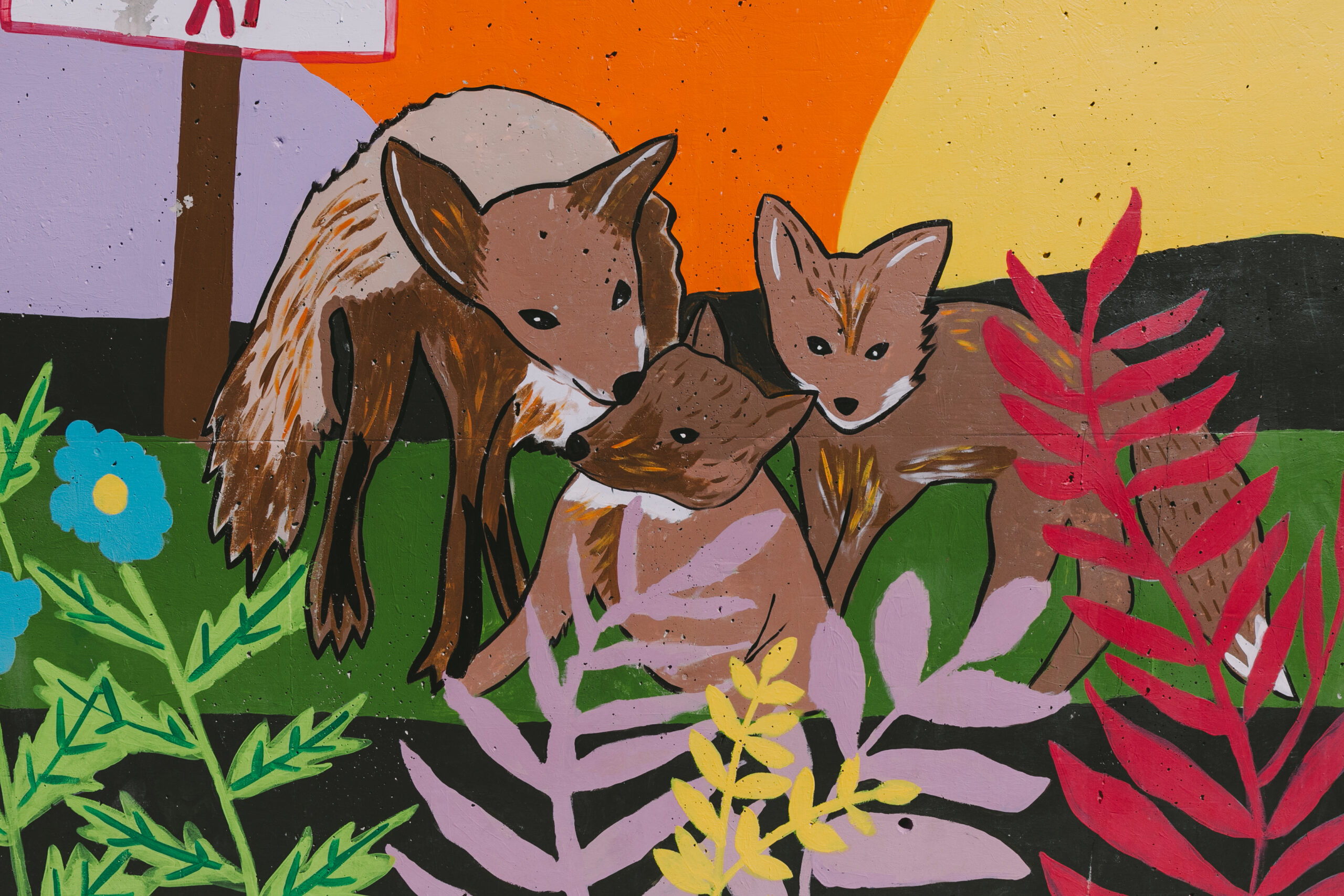
7. How has your volunteer experience influenced your perspective on community and social issues? Has there been a time while working in a community that your perspective on something changed?
Goodness! Volunteering for the Brush and Brunch gala was so informative and restorative. I got to learn how Urban Artworks began, and the economic and creative revitalization of the city and the arts go hand-in-hand! I got to help and hang out with great like-minded creatives, meet some of the community-centered board members, and connect with many businesses that all have the same goals and visions in mind: equity, enfranchisement, and freedom of storytelling.
There have been many times my perspective has changed while working on a project within communities. In housing, policy, cultural, and educational advocacy. Here’s a very long overlapping example: I curated an exhibit at the Bellevue Arts Museum called Injustice Murals that was artist-centered and from an honest grassroots perspective. When I was doing it, I was also volunteering to help the many people who were economically displaced due to the Covid-19 pandemic, before the vaccines were created and administered. There was so much death, homelessness, despair, and racial disparity occurring. There were as many beautiful moments as there were bleak moments, though.
My exhibit and programming changed from a pandemic focus in which art was a healing solution, into a decolonizing and collaborative project with the artists in an attempt to prolong the art, and transport our environmental situation in Seattle to the Eastside and academic creative communities. It was inauthentic to do so without the stories of the artists and the inclusion of resistance-work of many who are advocating for injustices. Interlayered housing, healthcare, socioeconomic, and racial injustice is a living environment, and the art created during that time has continued to have a relevant impact. My reflection during the finalization of that project, and now, are that I should have taken slower steps that allowed everyone to breathe for air, and to have advocated stronger for a generative larger collaboration.
A photo of Dawn looking away from the camera with wind blowing her hair. Dawn is standing next to the foxes in the mural designed by Lis Rafailedes (@ lis.rafail) at Genesee Hill Elementary School.
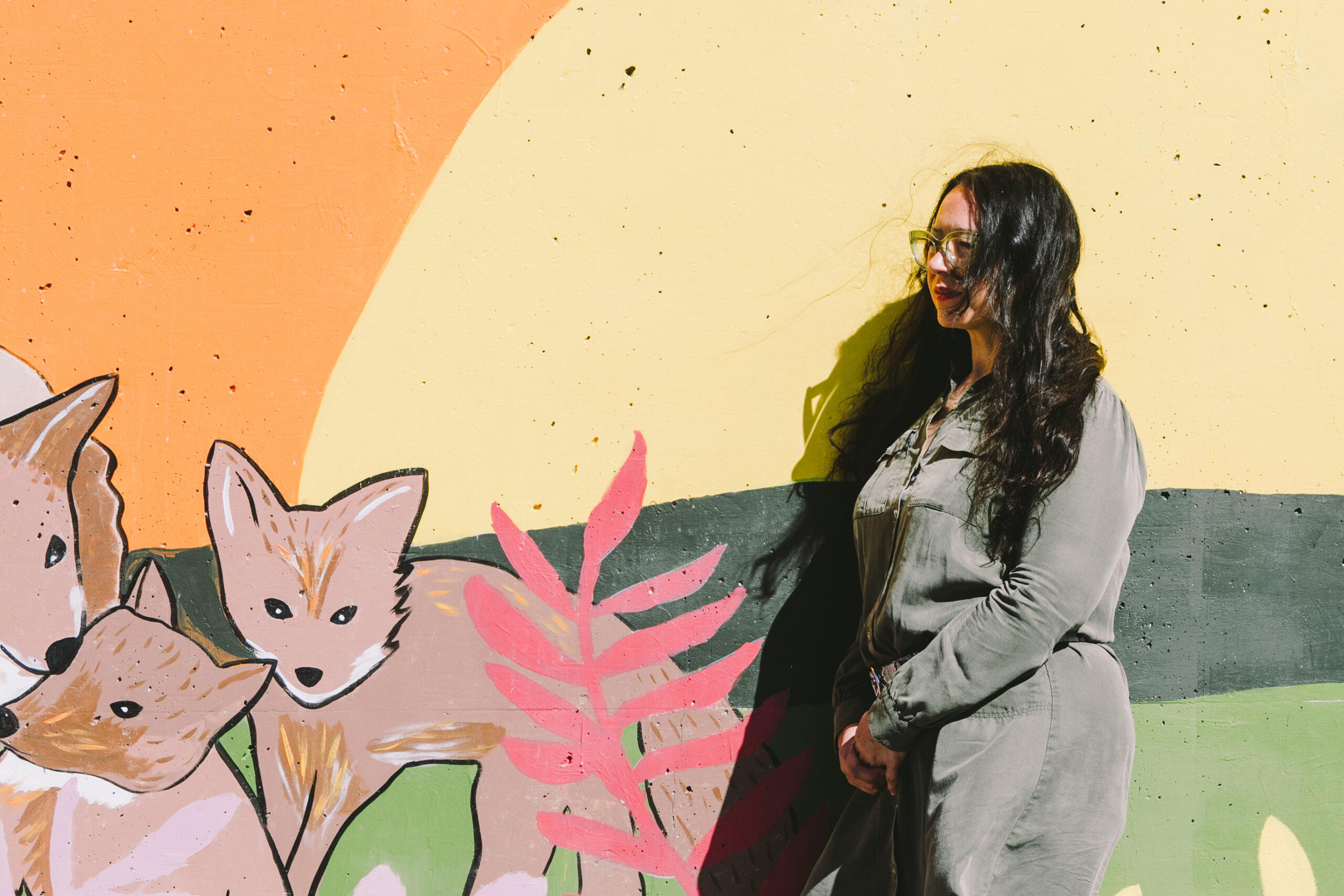
9. Looking ahead, what are your hopes and aspirations for the future of Seattle public art and Urban ArtWorks?
I hope that more public art here in Seattle is created by local artists in collaborative, transparent, and transformative operations. There are great public artists from Oakland, LA, and other areas that created beautiful works of art here that an artist who resides in Seattle could have also had the opportunity to create. Enfranchising local artists first will also help improve our local economic development.
The city of Tacoma Arts and Culture Division has done a remarkable job maximizing the Cultural Access Program, and Tacoma Creates has enabled that city to integrate the arts sector into strategic initiatives, economic development, and social policies of the city. Tacoma artists have this opportunity to address gentrification and shape the city towards the interests of art, culture, and education.
I firmly believe we in Seattle will get to that point, and have been making strides. We passed Doors Open! It took many hands to do it, just like it takes many hands to make housing affordable and accessible, initiatives passed that benefit us, and so on. We should be working together to do it, and transparently. Urban Artworks has been great about that, they are inclusive, and welcoming, and I hope Urban Artworks is supported further in their community efforts!
Dawn standing next to the girl in a wheel chair holding a sign that says “all are welcome here.” Dawn is looking at the camera in front of a mural designed by Lis Rafailedes (@ lis.rafail) at Genesee Hill Elementary School.
